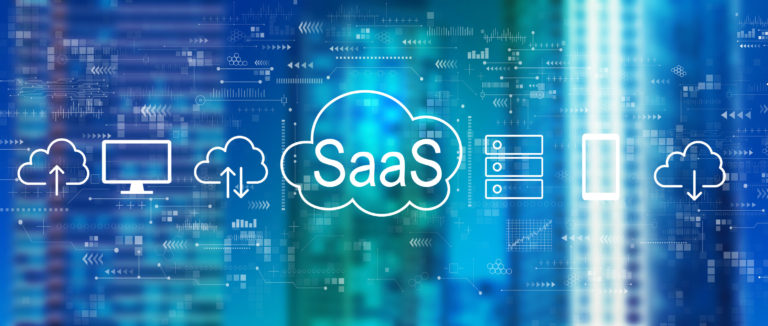In a traditional, on-prem environment, application software licensing used to be loaded individually onto a server or group of servers, then published downwards to users thus requiring expensive hardware and individual SLA’s. Elasticity was not available, requiring purchasers to instead buy licensing based upon projected peak utilization times versus actuals where demand more commonly ebbs and flows. Organizations had to engineer and purchase software licensing to meet number of users accessing an application simultaneously regardless of whether or not users needed access all the time at the same time. No longer accruing exorbitant fees for paying what is not always necessary is a key deliverable with SaaS.
Software, server upgrades and aging equipment can traditionally be more costly in a traditional hardware environment. With SaaS, upgrades are generated at the core and simply pushed to all end-users simultaneously. And by moving your operations to OPEX versus CAPEX modeling, your organization may be better equipped to optimize preferred financial accounting practices as on on-going operational expenses versus costly capital overhead.
